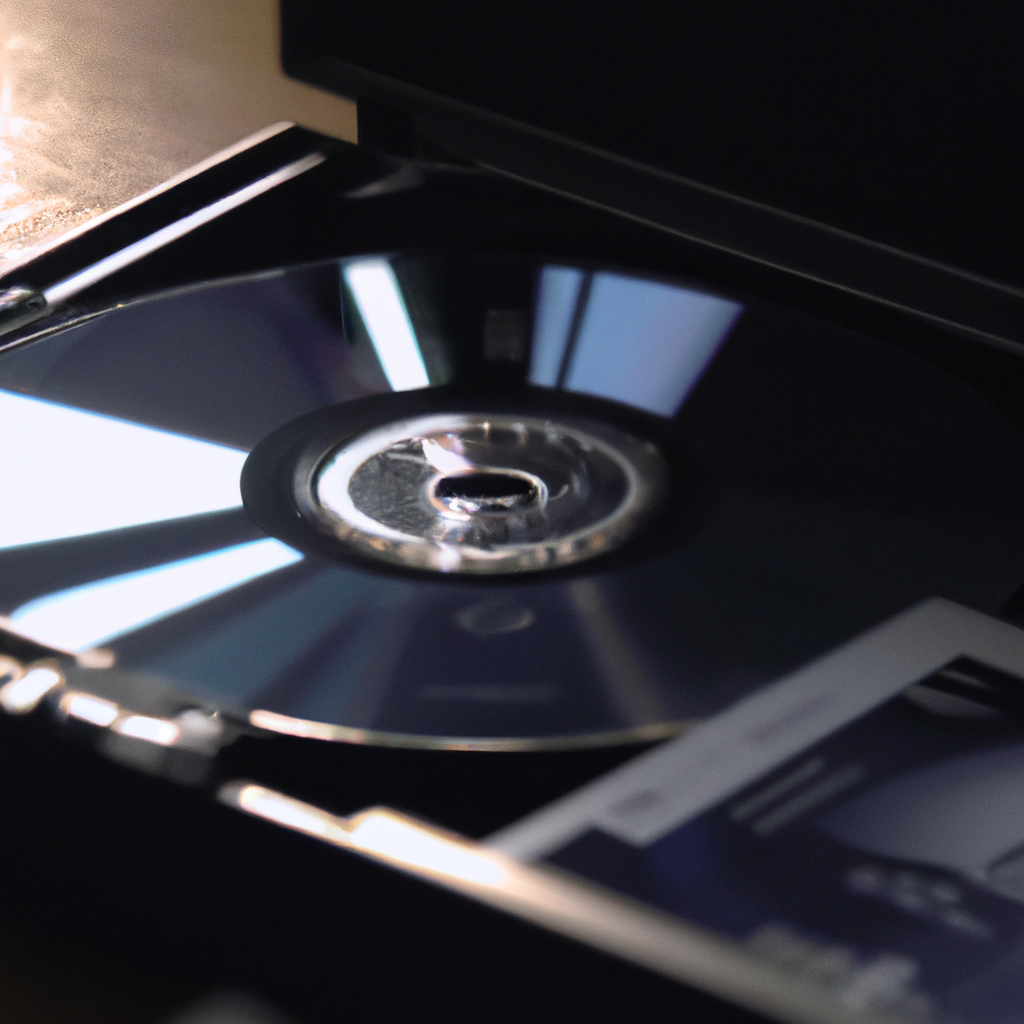A CD player is an electronic device that uses optical disc technology to read compact discs and playback digital audio. The mechanism of a CD player is made up of multiple components that work together to read the audio data on a compact disc. The laser technology used in a CD player is the key component that enables the device to accurately read the data on the disc.
The process of how a CD player reads CDs can be broken down into several steps:
Step 1: Inserting the CD
The first step in the process is to insert the CD into the CD player. When the CD is inserted, the mechanism of the CD player begins to operate.
Step 2: Spinning the CD
The CD player spins the disc at a constant speed of 500 to 2000 revolutions per minute (RPM) depending on the model. The spinning of the disc is achieved by a motor that is connected to the mechanism of the CD player.
Step 3: Focusing the laser
Once the disc is spinning, the CD player focuses a laser beam on the surface of the disc. The laser used in a CD player is a laser diode, which emits a highly focused beam of light that is used to read the data on the disc. The laser diode is mounted on a movable arm that moves back and forth across the disc.
Step 4: Reading the data
As the laser beam moves across the surface of the disc, it reflects off the pits and lands on the disc. The pits and lands are microscopic indentations and flat areas on the surface of the disc that represent the 1s and 0s of the digital audio data. The laser diode detects the changes in reflection and converts them into a digital signal that can be processed by the CD player’s electronics.
Step 5: Decoding the data
The digital signal is then decoded by the CD player’s electronics. The decoded signal is the digital audio that is stored on the disc. The CD player then converts the digital audio signal into an analog signal that can be sent to an amplifier and played back through speakers or headphones.
Conclusion
In conclusion, a CD player reads CDs using laser technology and optical disc technology. The laser diode focuses a laser beam on the surface of the disc, which reads the microscopic pits and lands that represent the digital audio data. The CD player’s electronics then decode and convert the digital audio signal into an analog signal that can be played back through speakers or headphones. Understanding how a CD player reads CDs can help you appreciate the technology behind this common device and how it has revolutionized the way we listen to music.







